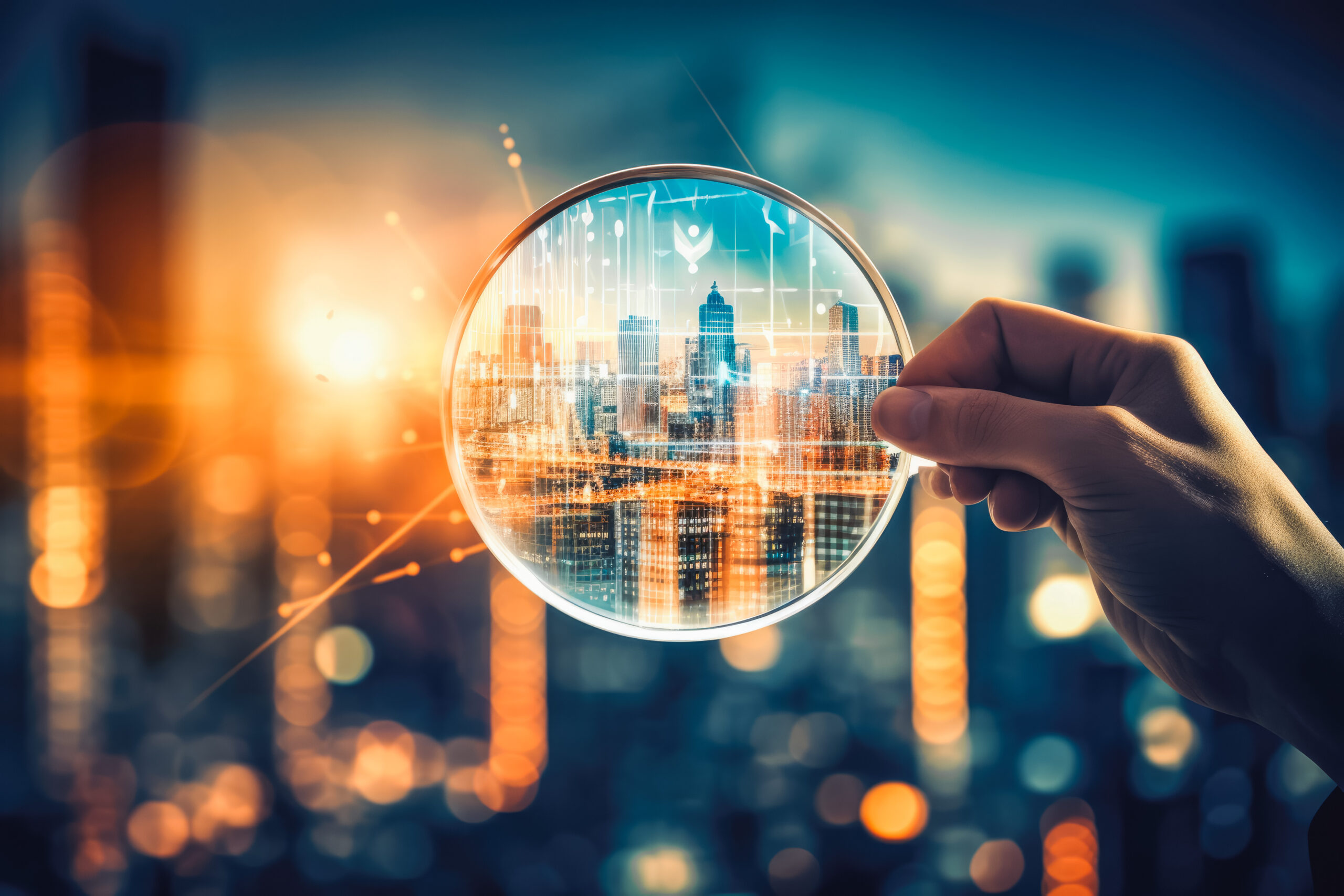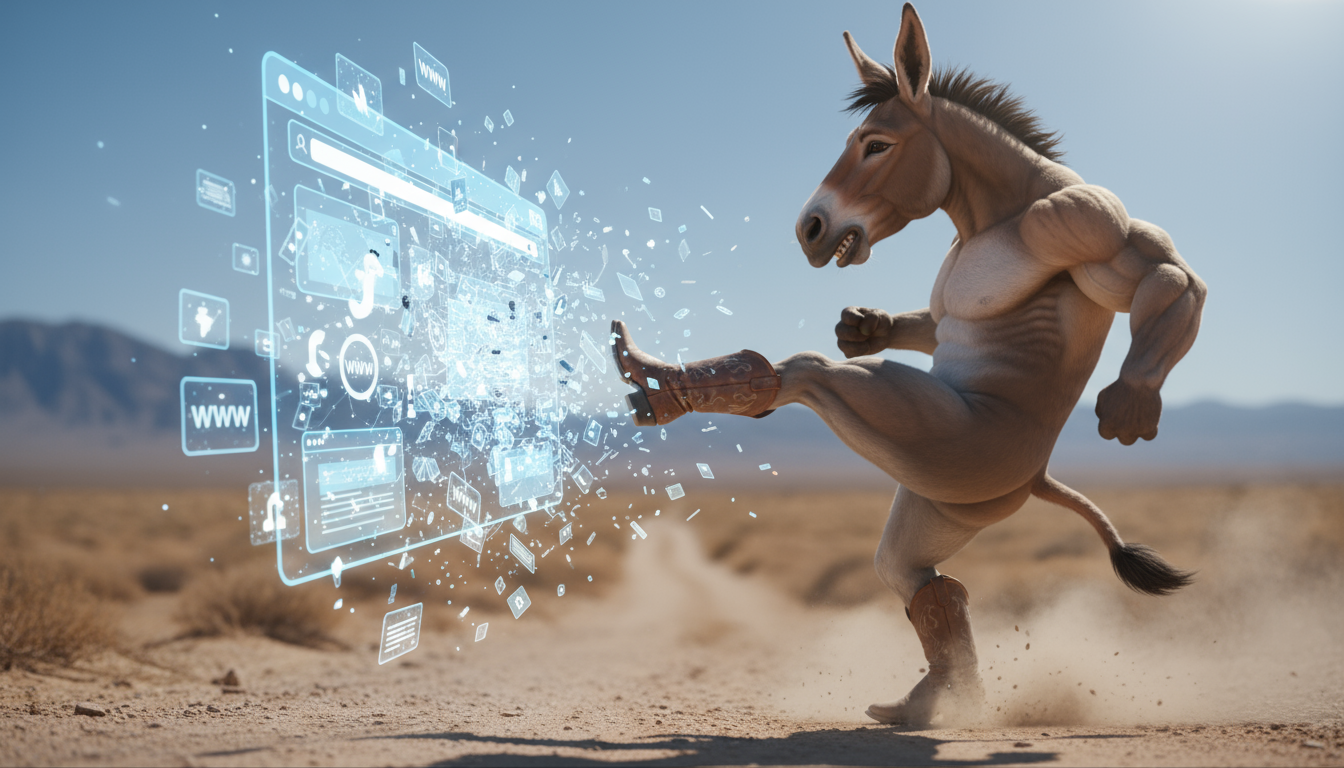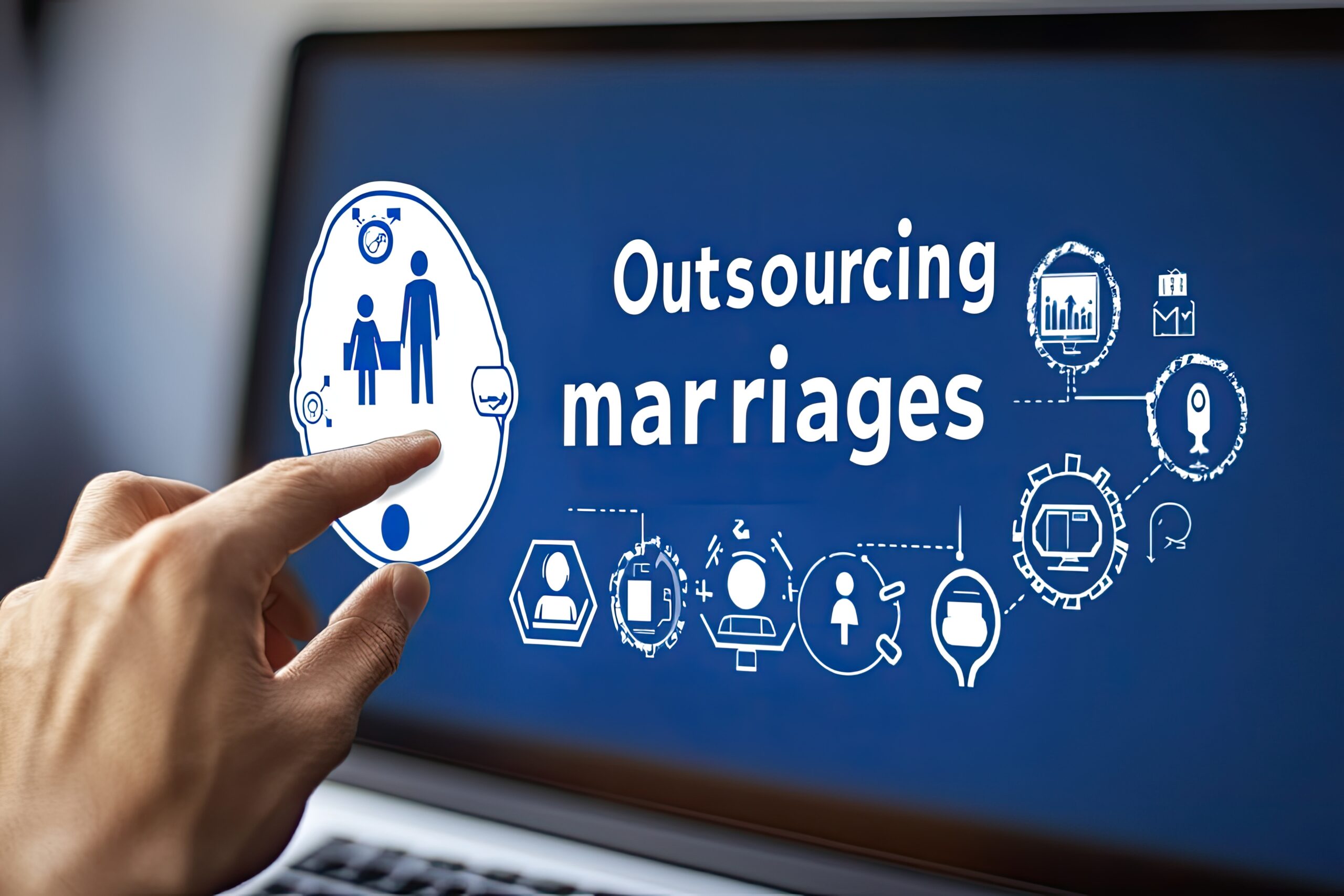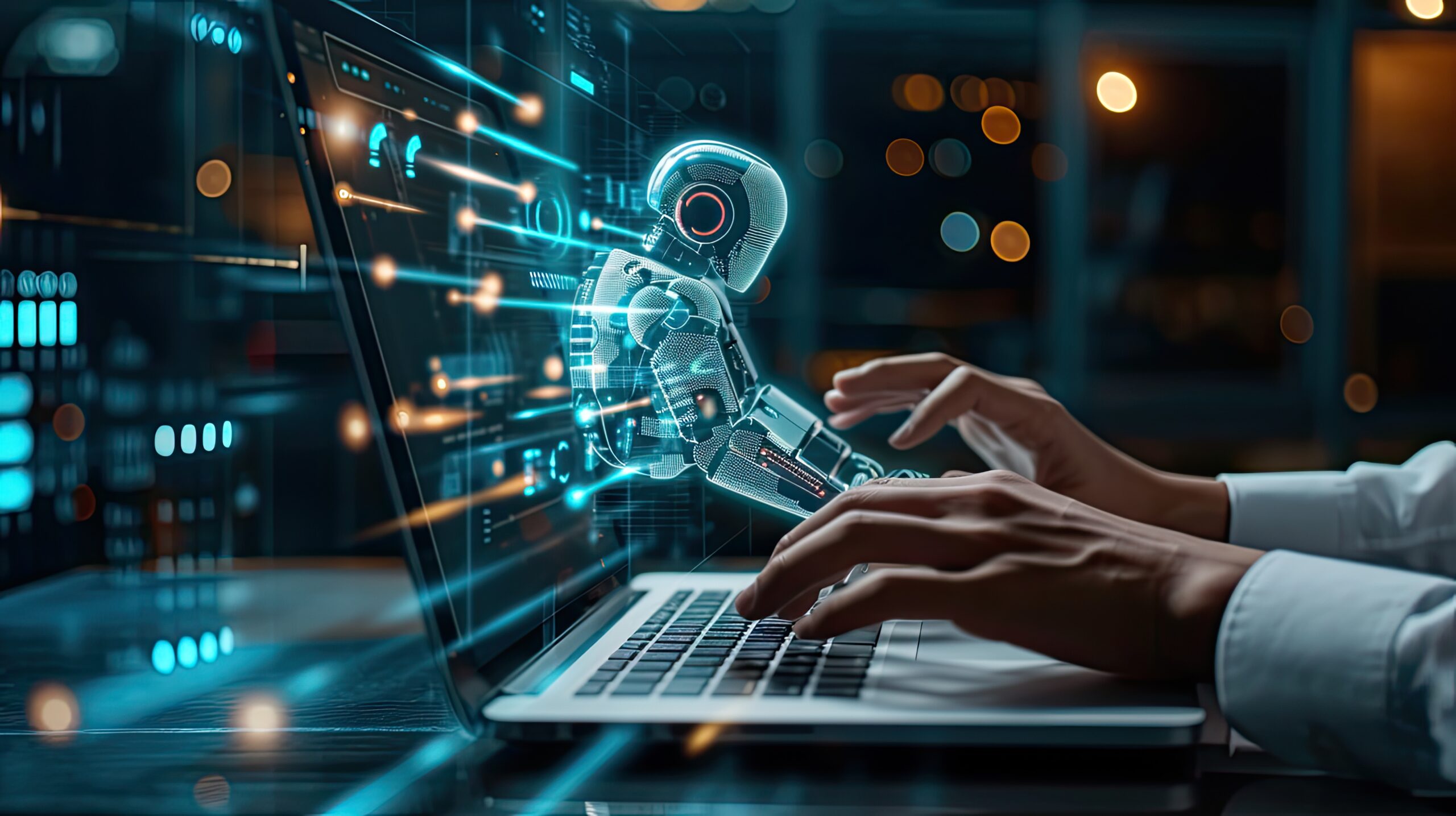 AI (artificial intelligence) is everywhere. You can find it in writing programs, graphics programs, social and email distribution tools, and even golf clubs. Golf Clubs? As in the kind you swing?
AI (artificial intelligence) is everywhere. You can find it in writing programs, graphics programs, social and email distribution tools, and even golf clubs. Golf Clubs? As in the kind you swing?
There is a golf driver (club) called AI Smoke. I think the only thing “AI” is the design. There is no computer or link to the internet in the club itself. Yet, it's marketed as the smarter golf club with over 1 million data points from machine learning.
As a golfer, all the AI and machine learning in the world cannot predict how you will hit a golf ball day-to-day. One day, your driving is great, and you can't chip. The next day, your irons are great, and you can't putt. Even if you learn something new, it will work one day and not the next.
Professional golfers are the closest to machine learning because they hit hundreds to thousands of shots, chips, putts, and more a week with the help of swing coaches, personal trainers, and even sports psychologists. Even with all that, it's rare that they can win two tournaments in a row, or for most pro golfers, even win twice a year!
AI is machine learning. It's great for repetitive tasks. It collects knowledge and synthesizes it into useful compilations. AI machine learning can be predictable.
“I” learning is what we do when we interact with people. It's as unpredictable as an amateur golf swing. Interacting with humans requires empathy, psychology, self-awareness, and patience. It is time-consuming and can have different results on different days.
Interacting with people is how we do business. People do business with people, and although AI can help, it cannot replace human-to-human interaction.
Where Does the Power Exist?
 Knowledge is power, and relationships have power. Power is a concept, energy, or an energy source that creates movement. Our goal in business is to move someone from a prospect to a customer or from a one-time buyer to a repeat customer. We tend to believe that people at the top of the pyramid or org chart have the most power, but that may not be the case in how we can use relationship power to convert the curious into a champion.
Knowledge is power, and relationships have power. Power is a concept, energy, or an energy source that creates movement. Our goal in business is to move someone from a prospect to a customer or from a one-time buyer to a repeat customer. We tend to believe that people at the top of the pyramid or org chart have the most power, but that may not be the case in how we can use relationship power to convert the curious into a champion.
An intriguing take on this comes from “The Square and the Tower“, subtitled “Networks and Power, from the Freemasons to Facebook” by Niall Ferguson. It argues that while most organizations are hierarchical — “It's about emperors, presidents, prime ministers, and field marshals. It's about states, armies, and corporations. It's about orders from on high.” — networks have nodes and have always been with us. From family to founding fathers to Facebook, it's about who you know and who they know that forms your network.
I got thinking about how that really helps define Network Marketing (often confused with more hierarchical Multi-Level Marketing or MLM), Relationship Marketing, and your business-to-business marketing as much more of a network with nodes that function within the hierarchy of a company or corporation.
 Most of us would think that if we can get the ear or heart of the CEO, King, or Owner, we can reach underlings with our messages. However, this book talks about Thomas Cromwell, who was the principal secretary of King Henry VIII. Cromwell had access to over 20,000 letters belonging to the dynasty. Hence, he had access, knowledge, and insight that few could have before the invention of the printing press.
Most of us would think that if we can get the ear or heart of the CEO, King, or Owner, we can reach underlings with our messages. However, this book talks about Thomas Cromwell, who was the principal secretary of King Henry VIII. Cromwell had access to over 20,000 letters belonging to the dynasty. Hence, he had access, knowledge, and insight that few could have before the invention of the printing press.
It's not always the person with the most connections that's important; rather, we want access to the person with the most important connections. So, back to my theory that maintaining fewer connections with quality, which is much more fruitful than riding the coattails of those influencers with the most connections.
I think the power of this concept lies not in who you know but in getting a few people who know important people to know you.
“I” Marketing

One of the marketing principles. What drives “I” (also known as Organic) marketing is that “It's Not About You.” So don't think of “I” marketing as a platform to talk about yourself. That is very prominent in today's Attention Economy. Although people should know who you are, they also have to get to Know, Like, and Trust you.
What you are marketing (or sharing) is information about them. They have a problem, and you have a solution or path to success. Integral to that solution is the team you bring to the table. Also integral are the nodes of people that they have to influence and convince that you are the right choice to solve their problem. You are not only trying to get attention but also educate them in ways that they can share with people they influence.
Who in that organization or hierarchy has the influence to get your ideas, thought leadership, and solutions in front of the people who will approve of or be instrumental in implementing your solution during the competitions'?
The Nodes
 There are multiple hurdles to overcome when it comes to organic “I” marketing. What are they paying attention to, and where will they most likely see your content? Social media is the go-to Attention Economy tool, but B2b business people are not going on Facebook, Instagram, Twitter “X”, TikTok, or YouTube to help them learn, grow, and make decisions. LinkedIn is the only platform that actively promotes user content. The most popular content is teaching users something. It can be in the form of blogs, newsletters, videos, polls, and questions.
There are multiple hurdles to overcome when it comes to organic “I” marketing. What are they paying attention to, and where will they most likely see your content? Social media is the go-to Attention Economy tool, but B2b business people are not going on Facebook, Instagram, Twitter “X”, TikTok, or YouTube to help them learn, grow, and make decisions. LinkedIn is the only platform that actively promotes user content. The most popular content is teaching users something. It can be in the form of blogs, newsletters, videos, polls, and questions.
The main challenge is getting your content to the right people at the right time. Algorithms choose who sees what and when, so you have to connect with as many people (customers, prospects, and influencers) as possible. This expands the opportunity for your content to be seen but does not guarantee that it will be. It's not about how many people you are connected to; it's about connecting to the right people.
Email is the only universal tool in the content distribution arsenal, generally delivering your message to everyone connected (on your list). The challenge here is people's inboxes are being inundated with sales offers, pitches, messages, and scams.
You must stand out by making your point stand out and be informative and visually attractive. The day of the email newsletter has been long gone; asking people to read and choose from 5-20 links confuses them. People are also experiencing a time crunch and will not read an article sent via email. That means you must send one interesting content summary and hope they will click through to read more from your website.
If your content is too long, too salesy, too frequent, or too confusing, people will either tune out or opt-out.
Final Thoughts
 In the world of generating leads, social networks, and business in the post-pandemic economy, it's not just connections that matter. It's who you are connecting with and who they have in their networks that matter. It's your job to stay connected and keep you, your business, and your content and concepts top of mind with them. Active connections create relationships, businesses, and referrals.
In the world of generating leads, social networks, and business in the post-pandemic economy, it's not just connections that matter. It's who you are connecting with and who they have in their networks that matter. It's your job to stay connected and keep you, your business, and your content and concepts top of mind with them. Active connections create relationships, businesses, and referrals.
That's what nodes do. They are hubs that interconnect and generate more power than hierarchical systems do. The people at the top matter more in those systems, but in a node network, every connection adds something. Even if it's just another connection that can lead to success for anybody in that node.
“Since you cannot do good to all, you are to pay special attention to those who, by the accidents of time, or place, or circumstances, are brought into closer connection with you.”
– Saint Augustine
Comment below and share your thoughts, ideas, or questions about your networking model. Does your network add value to your business? Do people in your network view you as an asset to them? How can you network more strategically to expand your reach into other nodes?
To learn more about this and other topics on B2b Sales & Marketing, visit our podcast website at The Bacon Podcast









